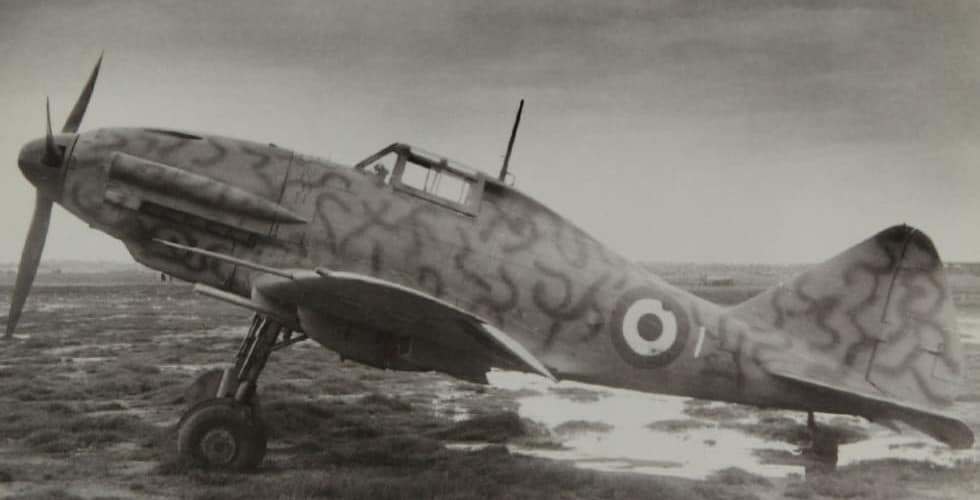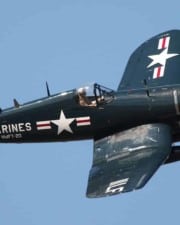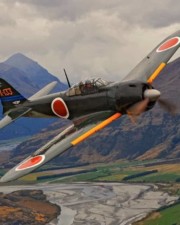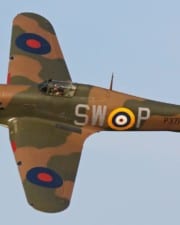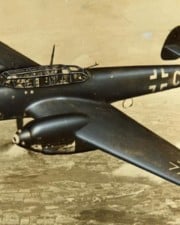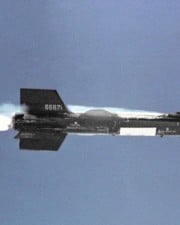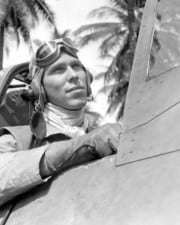In 1939, Italy had almost as many fighters as Britain and France combined. However, nearly half of them were obsolescent bi-plane types, with fixed undercarriages such as the Fiat CR.32 and CR.42 Falcon, which has fought on the nationalist side during the Spanish civil war.
Italian industry had been slow to respond to changing demands, particularly in the development of more powerful engines. Despite a good record in the pre-war Schneider trophy races, Italian war planes, including bombers such as the Caproni 133, were almost universally fitted with underpowered radial engines when Italy entered the war in 1940.
Fiat G-50 Freccia
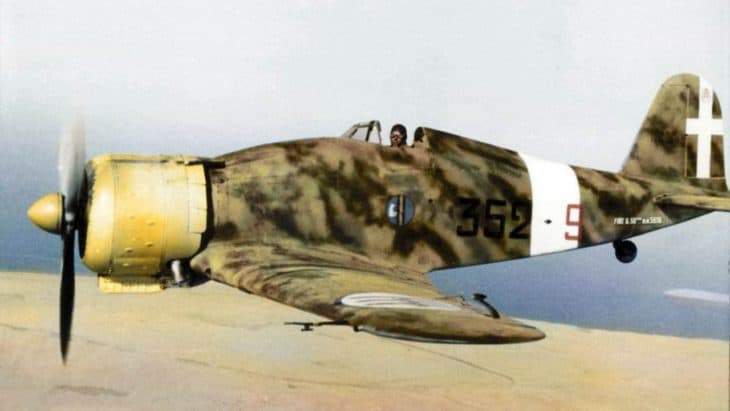
The Fiat G-50 Freccia (arrow), was Italy first monoplane fighter of all metal construction. It had a retractable undercarriage, and an enclosed cockpit. But Italian fighter pilots tended to be conservative and later production models had a semi-enclosed cockpit.
The G-50 had two heavy machine guns firing through the propeller arc, and was powered by an 840 horsepower radial engine, which only gave a top speed of 293 miles an hour. Even by the standards of 1940, it was therefore both under-powered and under-gunned.
Fiat G-55 Centauro
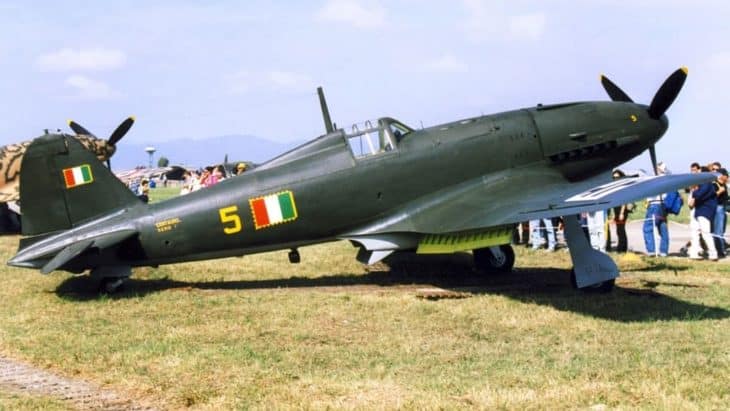
The situation with the G-50 didn’t improve until the G-55 Centauro, fitted with a much more powerful inline engine and in service just before the armistice in September 1943.
Macchi C-200 Saeta
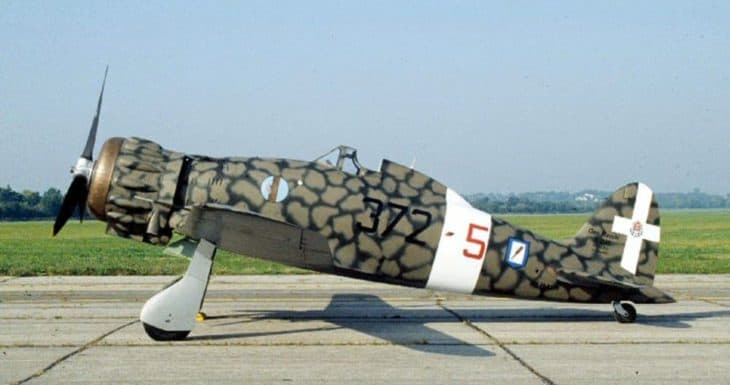
Looking very similar to the G-50 but distinguishable by the streamlined faring over the cylinder heads, which reduced the frontal area of the engine cowling, the Macchi C-200 Saeta, or MC-200 was only marginally superior.
Designed in 1936, the Saeta first flew in December the following year. An all metal low-wing monoplane with retractable undercarriage and enclosed cockpit, it rapidly proved itself a through thoroughbred in terms of handling characteristics and agility.
However, it was still powered by the same 840 hp Fiat radial engine, and only had a top speed of 313 miles an hour at 15000 feet. While armament was still restricted to a single pair of machine guns, firing from just behind the engine cowling through the propeller arm. As with the G.50, the pilots disliked the enclosed canopy, and this too was replaced by a semi-enclosed canopy after the first couple of hundred aircraft had been built.
Alongside the Fiat CR.42 biplane, the Macchi C-200 formed the backbone of the Italian Royal Air Force in 1940, and was soon involved escorting bombers in raids against the island fortress of Malta. It later saw action in Albania and Greece, where it acquitted itself surprisingly well against British hurricanes.
The MC-200 also saw service in north Africa and on the southern flank in Russia. But by 1942 its moderate performance was proving totally inadequate and it was progressively used in the fighter / bomber role.
Later production models were fitted with the same wings as the improved Macchi C.202 Folgore, and could carry 706 pounds of bombs. The type was also used as a shipping escort in the Mediterranean, fitted with drop tanks to extend its range.
For all its inadequacies the Macchi C-200 served the Italian Air Force well during the early period of the war. Over 1100 were built but the losses were heavy, and by the time of the armistice only 33 survived. These continued in service as trainers until 1947.
Macchi C-202

In 1940 the Italian air force came to the belated conclusion that their fighters needed better performance than could be provided by the air cooled radial engines then in service. Recognizing the superior qualities of the Messerschmitt 109, Macchi acquired an 1175 hp Daimler-Benz 601 liquid cooled inline engine, and fitted this to a modified Macchi C-200.
This prototype of the Macchi C-202 Folgore, first flew in August 1940. The improvement was immediately noticeable. the more powerful engine and streamlined nose gave a top speed of 372 miles an hour, and handling qualities remained as delightful as before.
Macchi promptly ordered more engines and began building them under license. The Macchi C-202 entered in the summer of 1941, seeing its first action over Libya in November. Early models had the standard Daimler-Benz engines, but later ones the slightly less powerful 1075 hp version, license-built by Alfa Romeo.
More than 100 MC-202 Folgore’s were produced and the aircraft was a great improvement over the MC-200, although in 1943 it was again outclassed by contemporary allied aircraft. Its rugged construction and agile performance made it well liked by its pilots. and when two extra machine guns were fitted in the wings, it became the best Italian fighter of the war.
At its peak the Folgore equipped 19 gruppo, and it saw action from Stalingrad to Tobruk. By the time the allies invaded Sicily in 1943 however, losses left only about a 100 still operational. And when Italy surrendered 10 weeks later, this figure had fallen to a mere 53.
Macchi C-205 Veltro
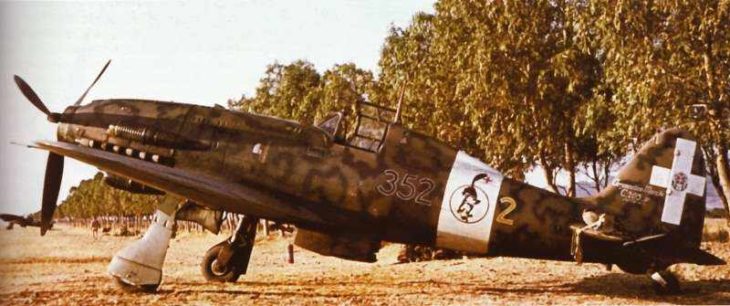
In April 1942, Macchi introduced the improved model MC-205 Veltro, or greyhound. This was driven by a license built version of the more powerful 1474 hp Daimler-Benz 605 engine. It could achieve a top speed of 399 miles an hour.
However it came too late to stave off the Italian collapse. And of the 265 Veltro’s built, only 66 remained operational at the time of the armistice. Most of these fought on alongside the Germans, with Italian air force units still loyal to the fascist cause.
Reggiane Re-2001 Falco 2
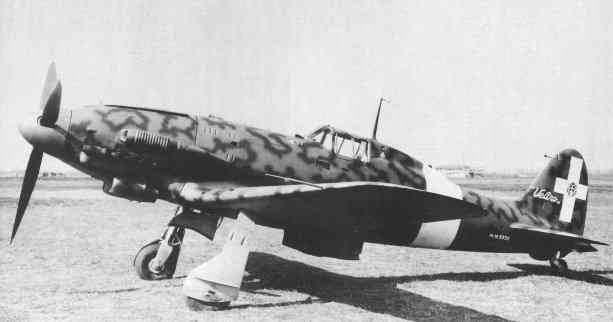
The Reggiane Re-2001 derived from the Re-2000. The Re-2001 featured a 1175 hp Alfa Romeo engine. The fuselage was much the same as the Re-2000, some parts such as the tail were in fact identical.
The REggiane Re-2001 was considered equal to the Macchi C-202, but the Macchi was produced in larger numbers simply to being approved first by the Regia Aeronautica. Production was further delayed due to the Regia Aeronautica demanding the fuel tanks would be incorporated into the wings.
A total number of 237 Re-2001 were produced and the aircraft managed to hold its own against many of the Allied fighters and proved to be a major asset in the Royal Italian Air Force.
Reggiane Re-2005 Sagittario
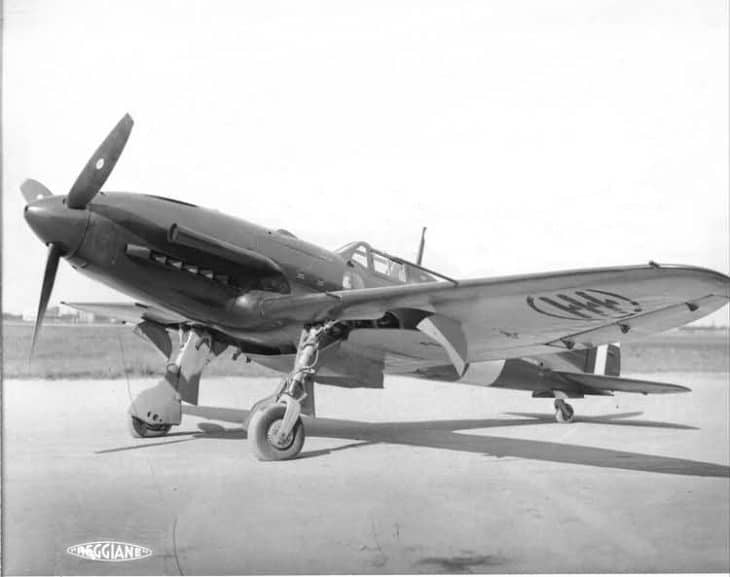
The Reggiane Re-2005 was described by the British as a superb, potent aeroplane. This was not a development of the Re-2002, but rather an entirely new design. The Re-2005 was designed for the Daimler-Benz 605 engine.
In addition to being considered on of the finest axis fighter planes of ww2, it was also considered one of the best looking fighter planes of that time. The Royal Italian Air Force ordered 750 Re-2005 in total, but only 48 were built.
Related Posts
